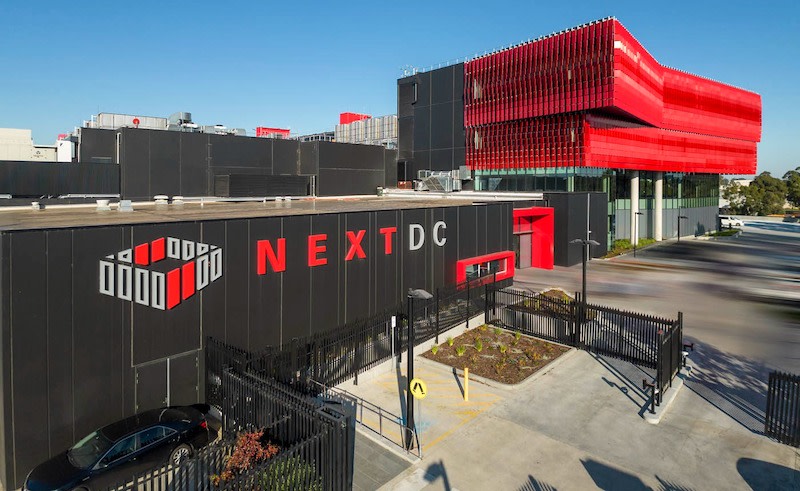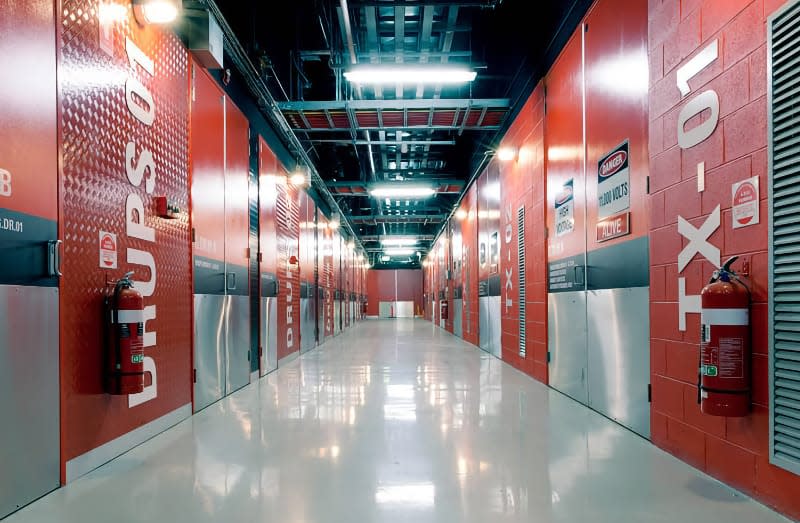Resources
Newsletter
Stay up to date and with the latest news, projects, deals and features.
Subscribe
NextDC has plans for a $200-million data centre at Port Melbourne, signalling the latest development in what industry research identifies as an emerging boom sector in Australia.
The proposal is NextDC’s fourth major facility slated for Melbourne as demand for data processing capabilities continues to surge nationally.
The M4 facility is proposed for a 2.64ha site at 127 Todd Road, about 10km by road west of the CBD. The project is in the early planning stages.
It follows NextDC’s significant expansion across Melbourne, including the recently completed M3 facility in West Footscray.
That project, completed in September of 2022, spans 100,000sq m and has a 150mW capacity across its technology campus. The first stage delivered 15,986sq m of gross floor area across four levels, with 27mW capacity and six data halls.
“For property developers, NextDC’s Melbourne data centres offer strategic opportunities across multiple locations,” the filed document said.
The company’s Melbourne portfolio includes M1 at Port Melbourne with 6000sq m of technical space, M2 at Tullamarine offering 25,000sq m, and the M3 with 41,000 square metres.
Kapitol Group, the construction partner for NextDC’s 60mW M2 data centre facility expansion, has implemented several value-management initiatives that could provide a framework for future developments.
These include prefabricated modular designs with precast core modules and super T-bridge beam superstructures in the data halls, eliminating the need for columns and creating additional net lettable area.

Recent research from M3 Property indicates rapidly increasing demand for data centre facilities across Australian property markets.
The report identifies 135 operational co-location data centres nationally, with about 183,000sq m of space under construction.
Melbourne is to receive nearly three-quarters of this new supply.
M3 Property national director, specialised assets, James Ruben said data centres had evolved beyond their traditional role as ancillary property uses.
“This is changing with the rapidly growing demand for data centres in Australia,” he said. “The growth of e-commerce, data security requirements and the need for companies to provide reliable IT services to a remote workforce is leading to the need for developers to build bigger and more secure purpose-built data centres.”
For all the hype, Ruben acknowledges the sector faces significant challenges.
“While data centre facilities are seeing increasing demand from both users and investors in major property markets, the sector is also facing several key challenges,” Ruben said.
“These include finding suitable land for new developments, access to adequate and steady power supply, and increasing construction costs.”

The expansion of data centre facilities presents opportunities for property developers, including increased land values in specific regions and improvements to local infrastructure.
The construction of data centres can drive upgrades to roads, utilities, and telecommunications, enhancing the appeal of surrounding areas for residential, commercial and industrial development.
Major international investment is underscoring the sector’s growth, with AWS announcing $13 billion in Australian projects and Microsoft committing $5 billion to local developments. CDC has also revealed plans for a $1.4-billion site in Western Sydney.
The M3 Property report also identifies opportunities beyond new builds, including the potential to repurpose older warehouses into data centres.
With metropolitan land becoming scarce, the report suggests regional areas offer viable alternatives for development.
The report suggests developers can also consider building powered cold-shell facilities targeted at data centre operators.
M3 Property’s market analysis shows data centre vacancies across Australia are now in single digits, with the sector evolving from $300-million assets to billion-dollar projects requiring substantial land holdings and infrastructure investment.